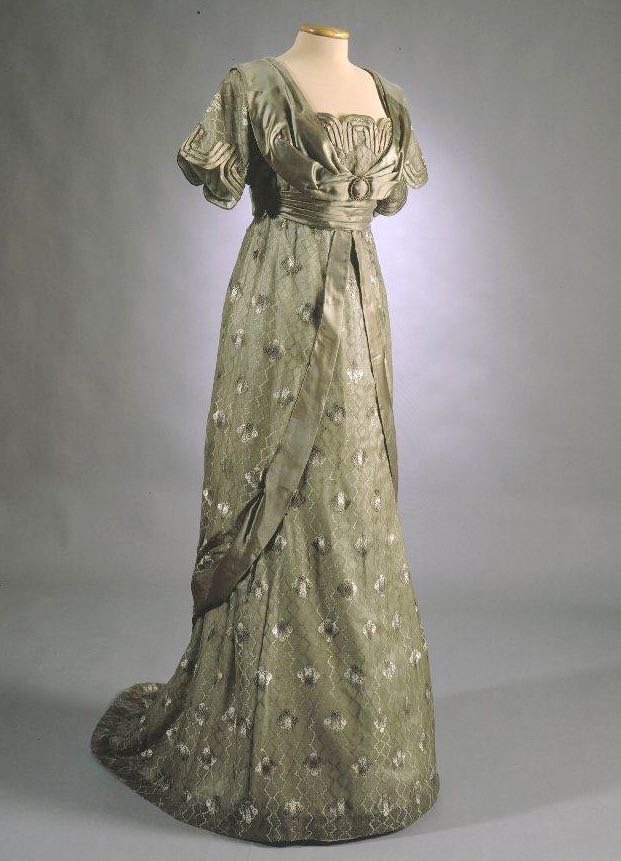There is much debate in the sewing community about what the ‘best’ or ‘proper’ way to sew with knits is. It’s my opinion that the ‘best’ way to do any technique is the way that works for you – as long as you don’t find it too hard to do, like the result aesthetically and in terms of wear, then it’s good!
I suggest four different ways to sew knit fabrics in the Miramar Dress, Top and Tunic pattern (buy it here!), and give a little information on their benefits and drawbacks, to help sewists new to knits choose a suitable one to start with.

Here is a more in-depth look at the four main techniques used for sewing knits, and when, and why, I choose to use one, or not use one. These are my observations based on my own experience sewing with knit fabrics, and my experience in teaching hundreds of students how to work with knits as they have made leggings, T-shirts, cardigans, knickers, camisoles and the Miramar Dress, Top & Tunic.
For the purpose of this post I’ve arranged the techniques in order how fancy and specialised your machine needs to be in order to do them – from one that can be done on almost any sewing machine (even my hand-crank 1893 rotary shuttle machine!), to one that can be done on any standard modern-ish sewing machine, to one available on fancier modern machines, to overlocking – which, of course, requires an overlocker.
I’ve demonstrated the stitches on the fabrics I used for my Miramar samples, so you can see how they relate to the finished items. The red is the same fabric (just in a different colour) as the blue dress on the front of the Miramar pattern.
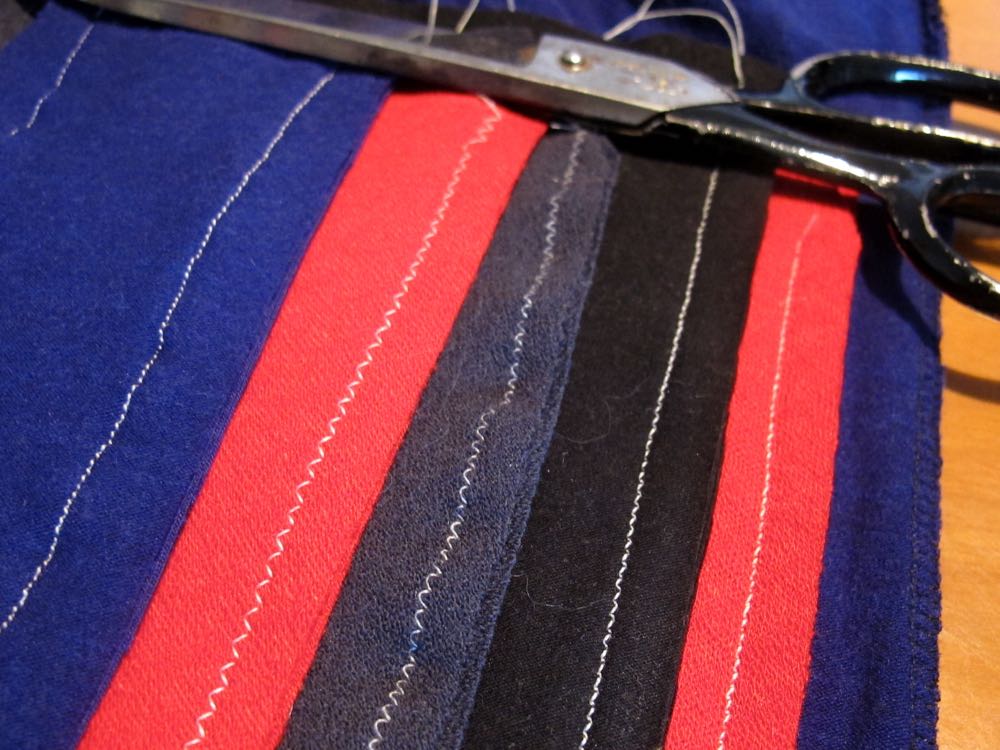
Cobalt: Stretch-as-You-Sew
Red & Grey: Zig-Zag
Black & Red: Lightning
Cobalt: Overlocker
So, here are four ways to sew with knits:
#1 Stretch as you sew:
This stitch can be done on any sewing machine (as long as it can sew a straight stitch), because it’s just a straight stitch, and you build the stretch needed for knits in by pulling (stretching) the fabric as you sew with it. This means that the fabric will happily stretch while you wear it to as far as you stretched it while sewing.
Pros: Can be done on almost any machine, and the end result is a very smooth, tight seam, that stretches nicely and can be pressed completely open and flat.
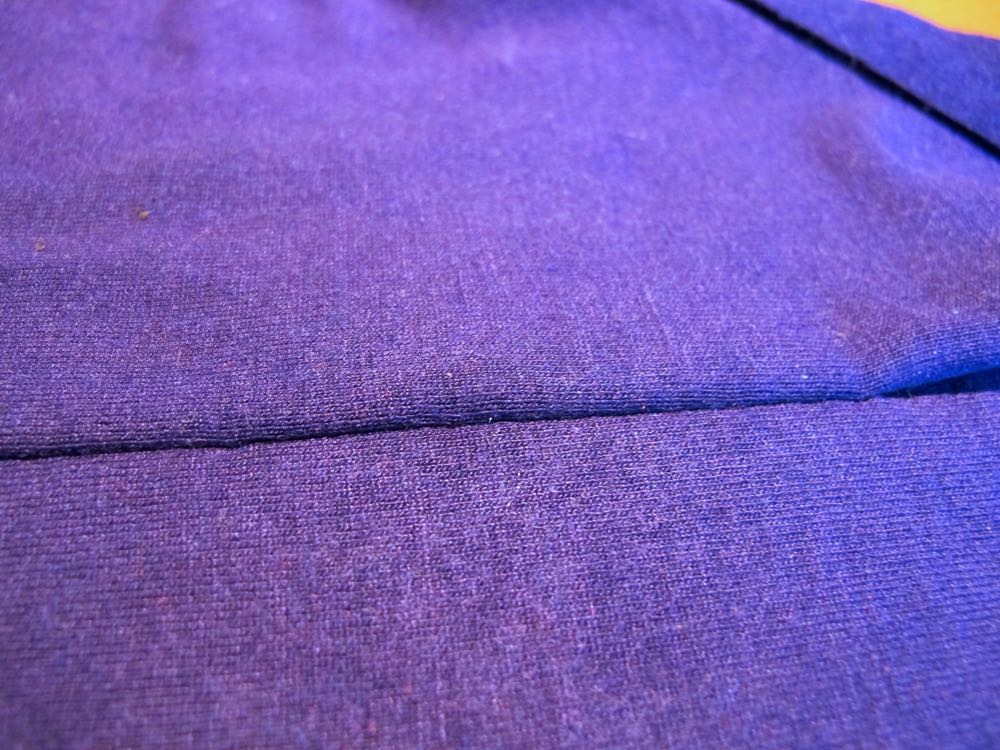
The lovely smooth outer seam of a stretch-as-you-sew stitch
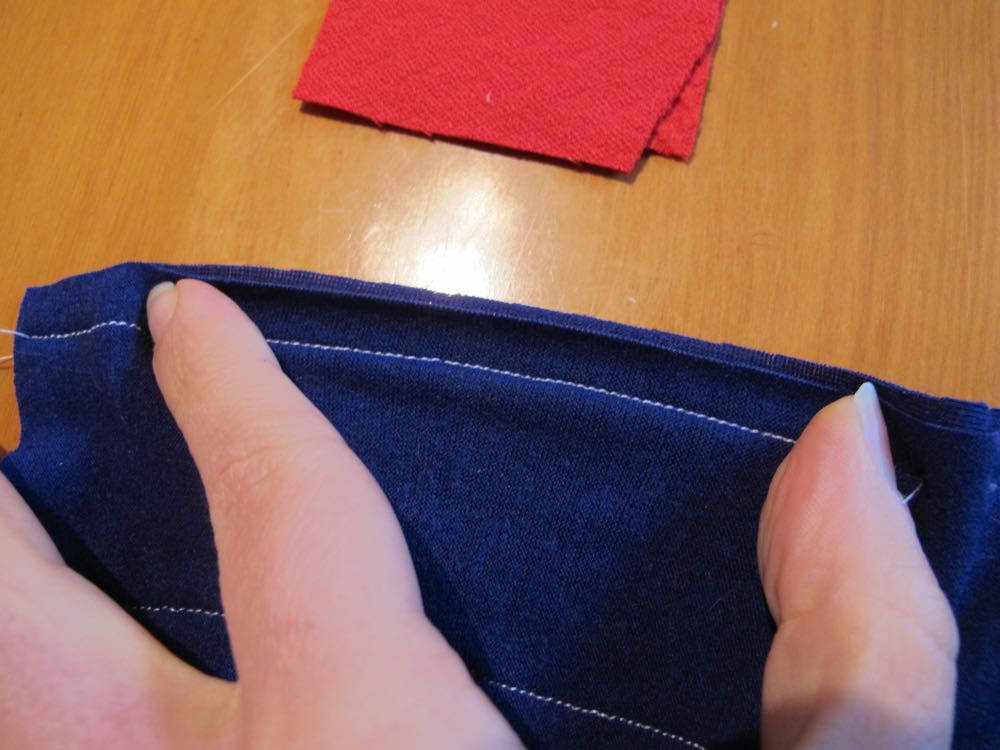
The fabric stretches nicely
Cons: It can be very tricky to sew a completely straight seam with this method, as your stitches will move in relation to the seam allowances, depending on how much you are stretching at any given time. Can be quite tricky to unpick, as stretching as you sew means the resulting stitches are tiny (and the bigger you make your stitch length, to compensate for this, the harder it is to sew a straight seam). May stress some fabrics, and cause them to ripple and warp: this can usually be fixed with a good steam iron, but will occasionally be irreversible.
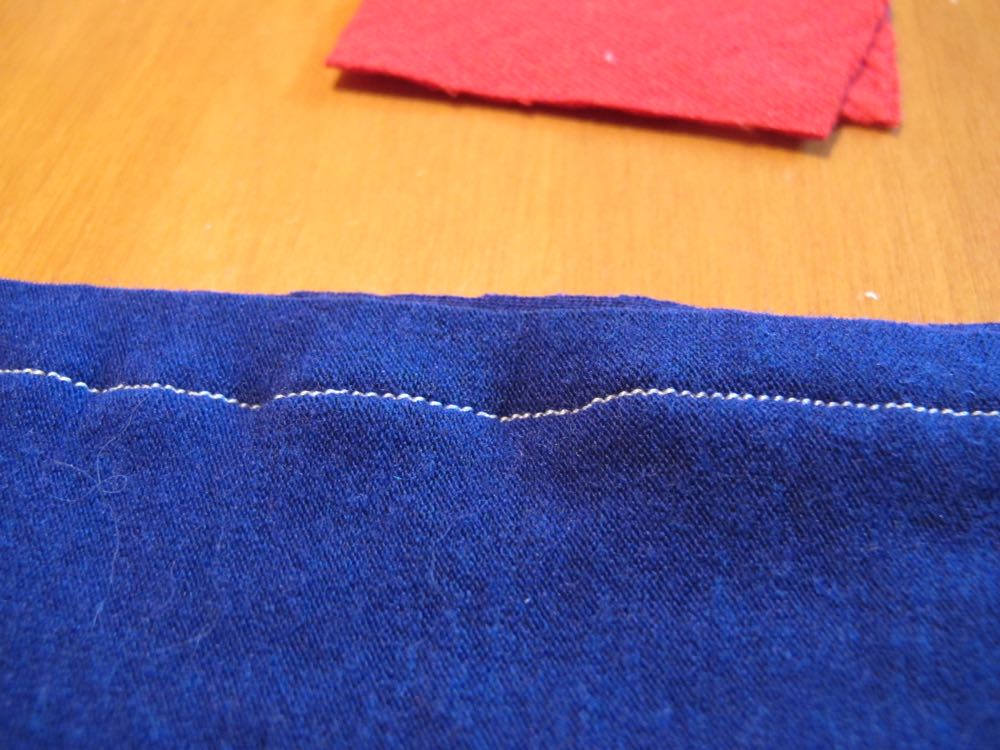
A slightly ripply seam (easily fixed with a good press), and tiny, hard-to-unpick stitches from stretch-as-you sew stitching
When do I recommend using this stitch? On very stable knits, on seams that you’d be stretching as you sew anyway (such as T-shirt necklines) and on very short lengths of seam, such as knickers. Also works well, with very little stretching, on seams that are not required to stretch much, such as the CF neck portion of the Miramar, and on knickers.
#2 Zig-Zag Stitch:
A standard sewing machine set to a moderately narrow, moderately shallow zig-zag stitch (I prefer a 2 length, 2 width on a sewing machine with a range from 1-5). Some sewers recommend a very shallow, slightly wider zig-zag stitch, but I find that a slightly higher, slightly tighter stitch has more stretch, and provides a more robust seam.
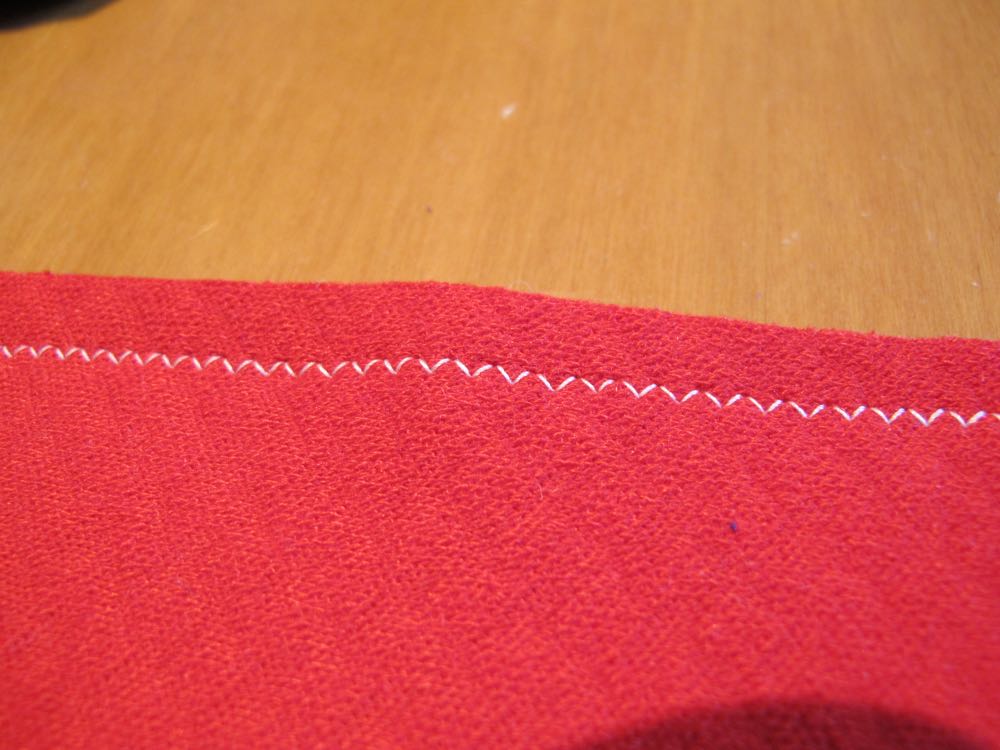
The zig-zag stitch
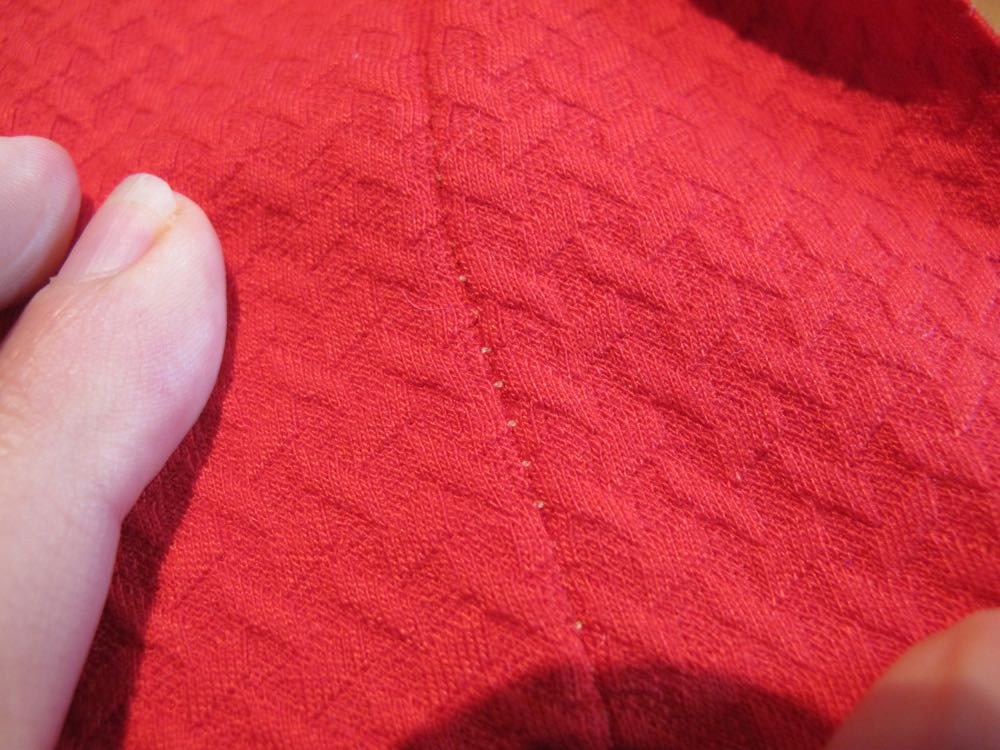
The zig-zag stitch from the right-side of the fabric
Pros: Can be done on any machine with a zig-zag function. Very easy to control, and relatively easy to unpick.
Cons: The resulting seam takes up a lot of space and can’t be pressed open. If you make your stitch too narrow, too wide, or too shallow, it won’t have enough stretch, and can break when the fabric is pulled. Lower-end sewing machines with preset zig-zag stitches may not have one that is ideal for knits (which honestly, is why I never recommend a machine without fully adjustable stitch length and width – ultimately it does limit your sewing). Doesn’t look as nice from the outside as the other three methods.
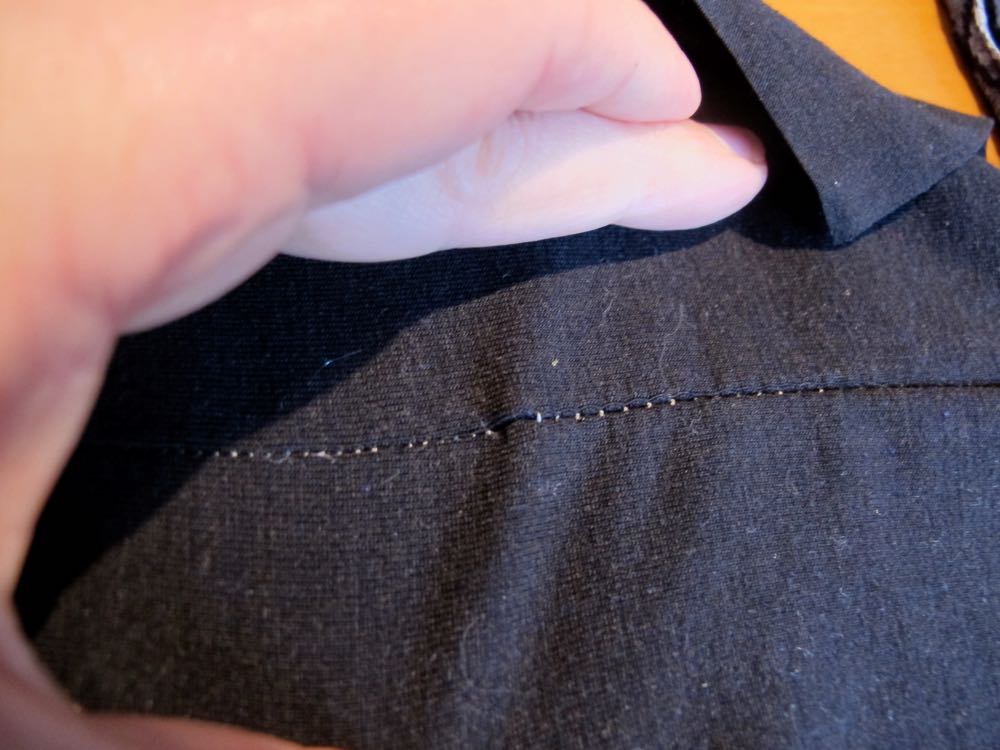
On the left is a lightning stitch seam, on the right, a zig-zag. Notice how much smoother and tighter the lightning seam is.
When do I recommend using this stitch? On pretty much any kind of knits. This is the first knit-stitch that I teach beginner sewers, because it’s easy to do, generally works well (as long as you get your width/height right) , and can be done on almost any modern machine.
#3 ‘Lightning’ Stitch
Since the 1980s some higher-end (and these days, mid-range) sewing machines come with a ‘lighting stitch’ – an offset zig-zag stitch developed specifically for knits. It looks like lightning bolts, hence the name. This stitch combines the instant stretch of a zig-zag stitch, with the smooth finish, and press-open-able seam of a straight stitch.
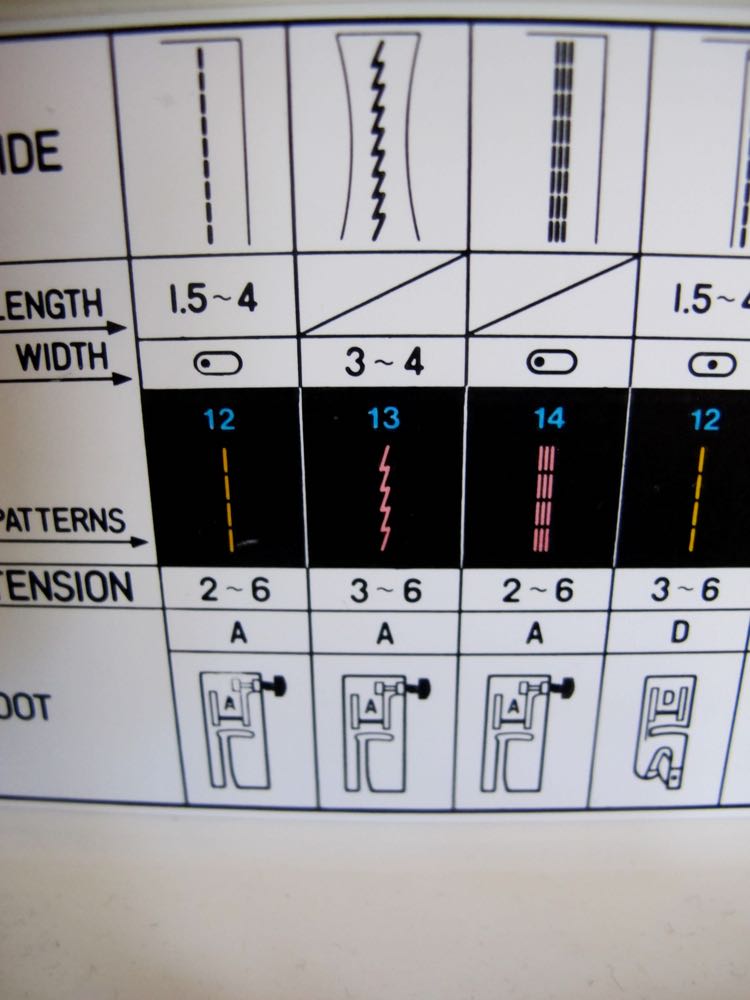
The lighting stitch (#13) on my 1980s Janome SW 2018E
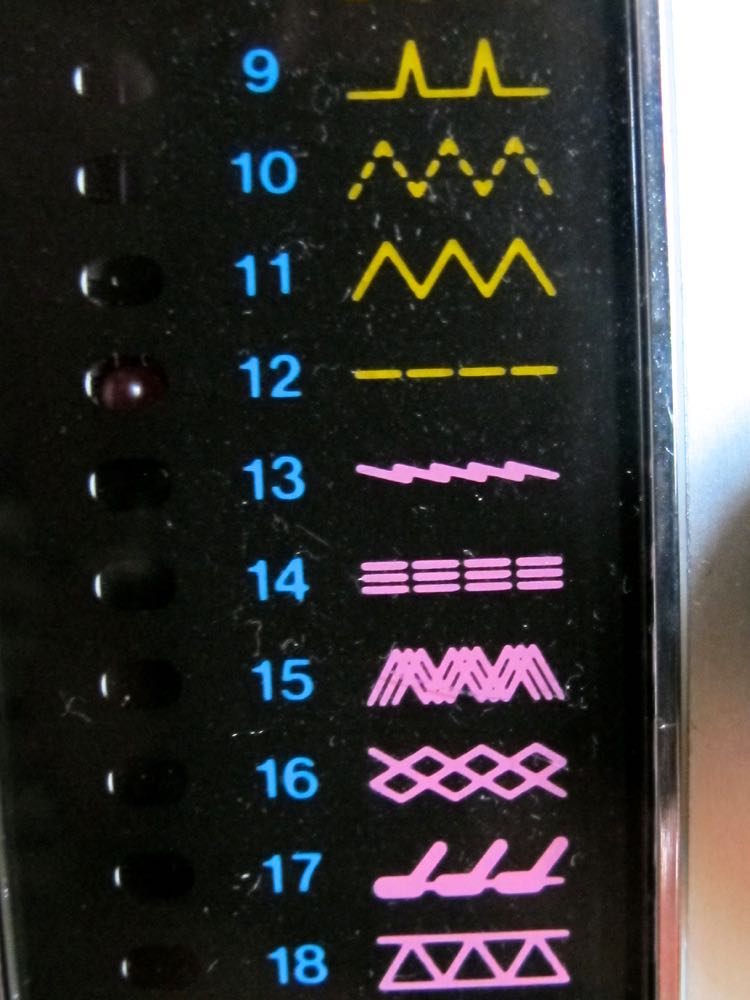
The lighting stitch (#13) on my 1980s Janome SW 2018E
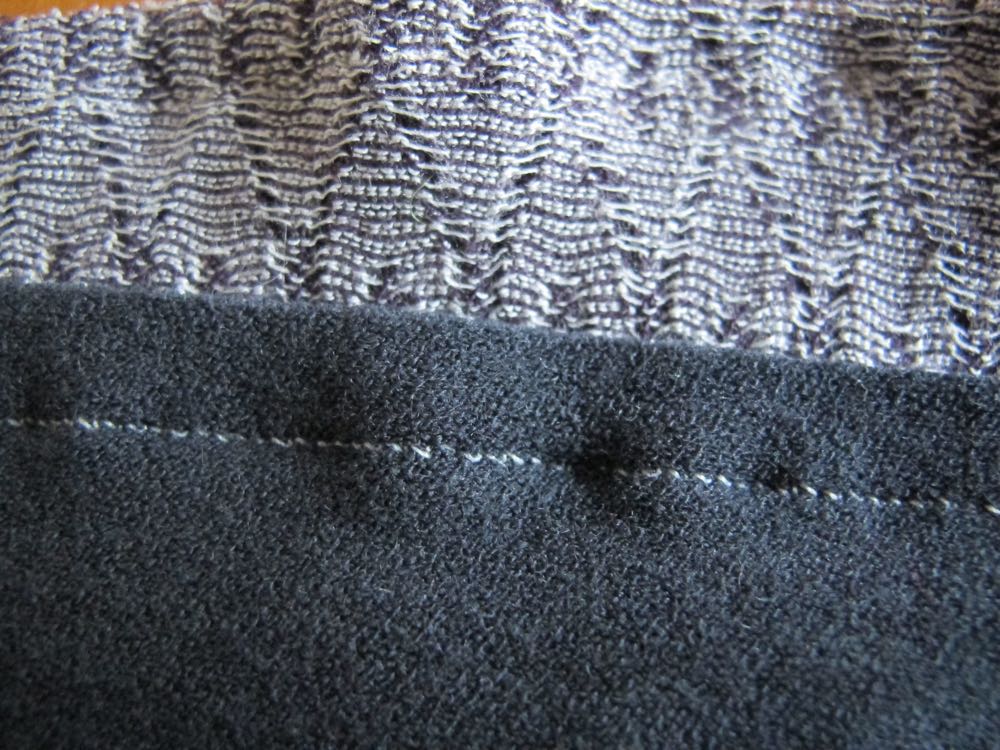
The lighting stitch on merino wool crepe knit with 40% stretch in both directions
Pros: Very easy to sew, great stretch capabilities, and a smooth, tight, press-open-able seam.
Cons: Can be quite difficult to unpick, especially as some computerised machines don’t allow you to adjust the length/width of the stitch. Can stretch some fabrics and cause them to ripple – this is usually fixable with a good press and a bit of steam.

Rippling along the lightning-stitched sleeve of my grey-blue wool crepe Miramar dress
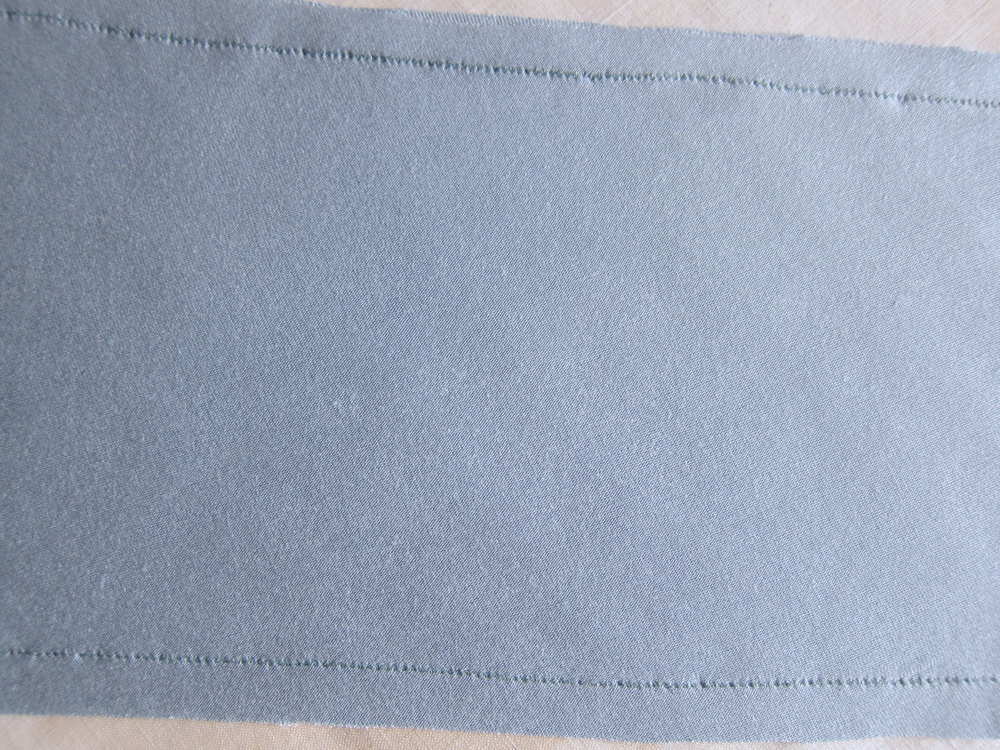
Quick press, and hey presto, no ripples!
When do I recommend using this stitch? Once you’re sure of the fit of a garment. The first time I sew any new knit pattern, I use the zig-zag stitch, so it’s easy to make alterations to the fit. The second time, once I know I have the fit perfect, I’ll either use this stitch or an overlocker, depending on how stable the fabric is, and whether I want to press my seams open or not.
#4 Overlocker/Serger:
Commercially, knit fabrics are almost invariably sewn with an overlocker, and if you have one, they are an awesome way to sew knits. Just be sure not to attempt to sew a garment with a three-thread overlocker, rather than a four-thread, as a three-thread overlocking stitch isn’t strong enough to act as a seam stitch, and you definitely don’t want seams to start coming undone as you’re wearing a garment! Even if you use an overlocker for most of the Miramar, you’ll still need an ordinary machine for hemming and for the CF neck portion.
Pros: Works on all knits, doesn’t warp the fabric or cause it to ripple, provides lots of stretch and a perfectly smooth seam from the outside.
Cons: Really annoying to unpick, and can’t be pressed open. Also slightly tricky and scary to do on seams that have a lot of pins.

Sewing the neck seam of a Miramar with an overlocker
When do I recommend using this stitch? Once you’re sure of the fit of a garment. The first time I sew any new knit pattern, I use the zig-zag stitch, so it’s easy to make alterations to the fit. The second time, once I know I have the fit perfect, I’ll either use an overlocker, or a lightning stitch.
And here are all four methods together (before being pressed):
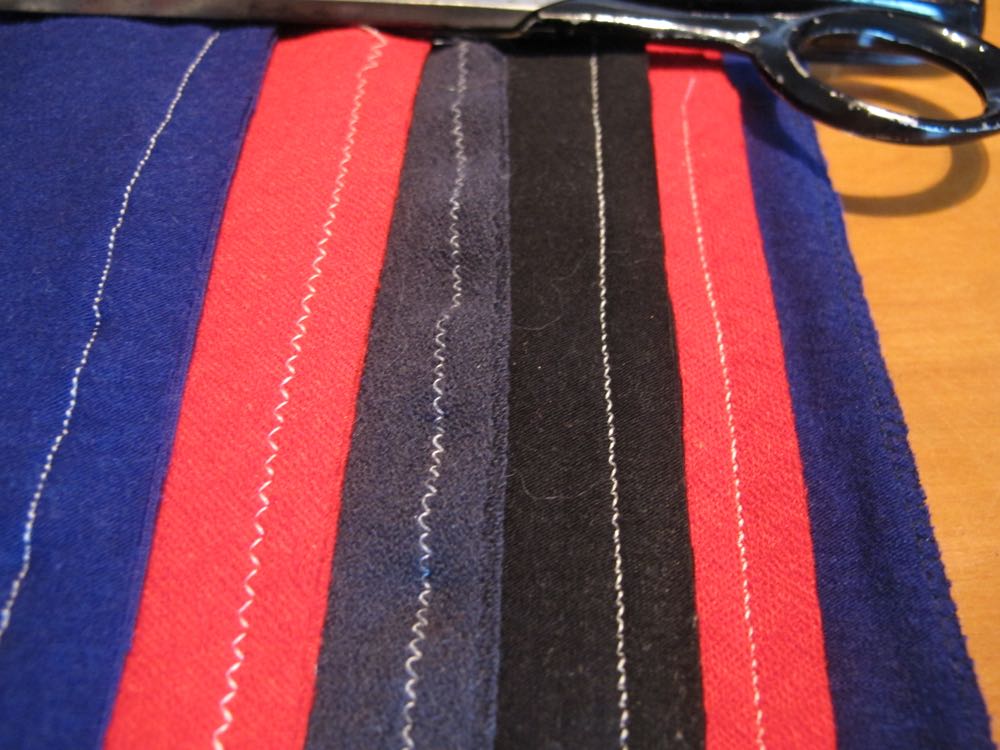
Cobalt: Stretch-as-You-Sew
Red & Grey: Zig-Zag
Black & Red: Lightning
Cobalt: Overlocker
Those are my observations based on sewing lots of knits, and helping lots of students to sew lots of knits. Hopefully they are helpful – and if you find you feel slightly differently about each stitch, based on the kinds of fabrics you like to work with, and your machine, that’s absolutely fine too!
A few more tips to get the best result when sewing with knits:
- Always use a ballpoint needle – a jersey needle (for standard knits), or stretch needle (for really high-stretch knits).
- Always use a polyester thread, and always use the best quality thread you can possibly afford. Cheap thread is much more likely to pull holes in the knit fabric. Much as a love cotton thread, I’ve yet to find a cotton thread that was strong enough to not break when a knit fabric was stretched, while still being fine enough to not pull holes in the fabric over time (such a thread may exist, but even Aurifil, which sells for a whopping $20 for 1300m in NZ, failed my standard knits-thread tests, so for now I only recommend polyester for knits).
- If you’re sewing with a knit with a very high elastane/lycra content, and you notice that your stitches are skipping, try using a stretch needle rather than a jersey needle.
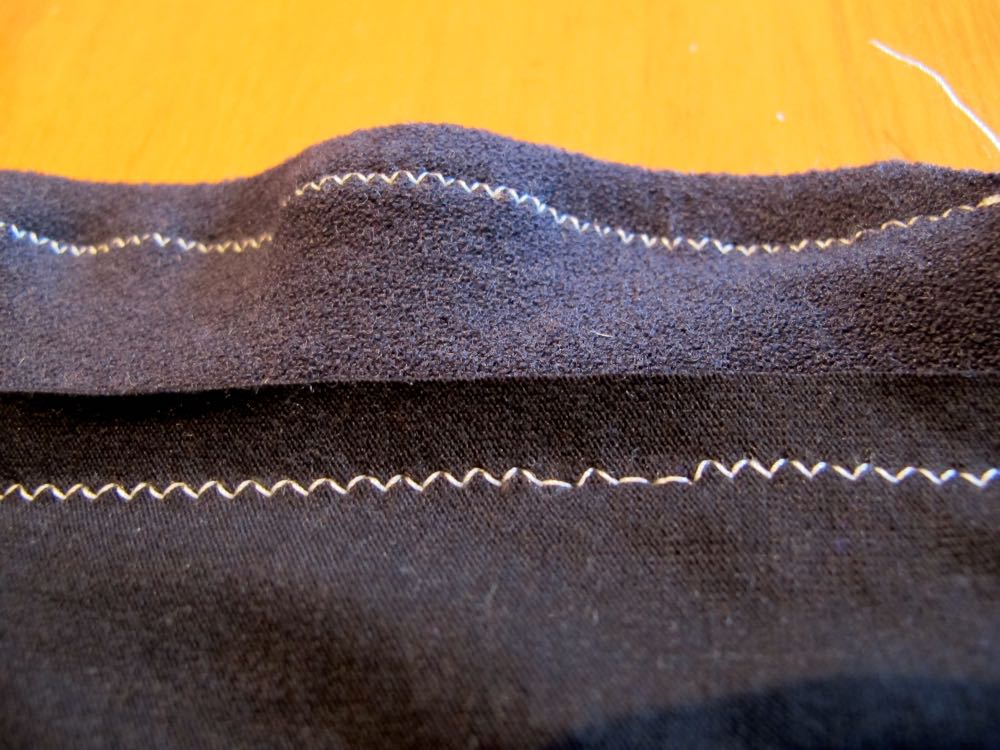
Skipped stitches? Make sure you are using a new ballpoint/jersey needle, and if you are, and it isn’t enough, switch to a stretch needle.
- If your machine has adjustable foot pressure, switch to less pressure, and your fabric will ripple less.
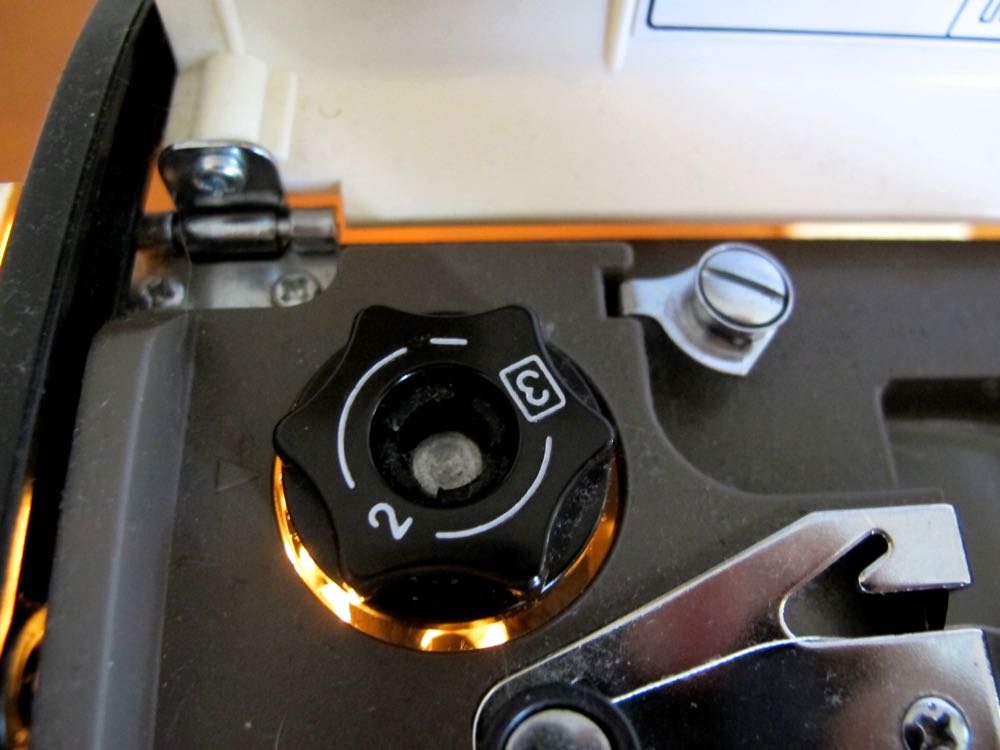
The pressure adjuster on my 1980s Janome SW 2018E
I hope my analysis and tips are useful. Happy sewing!


